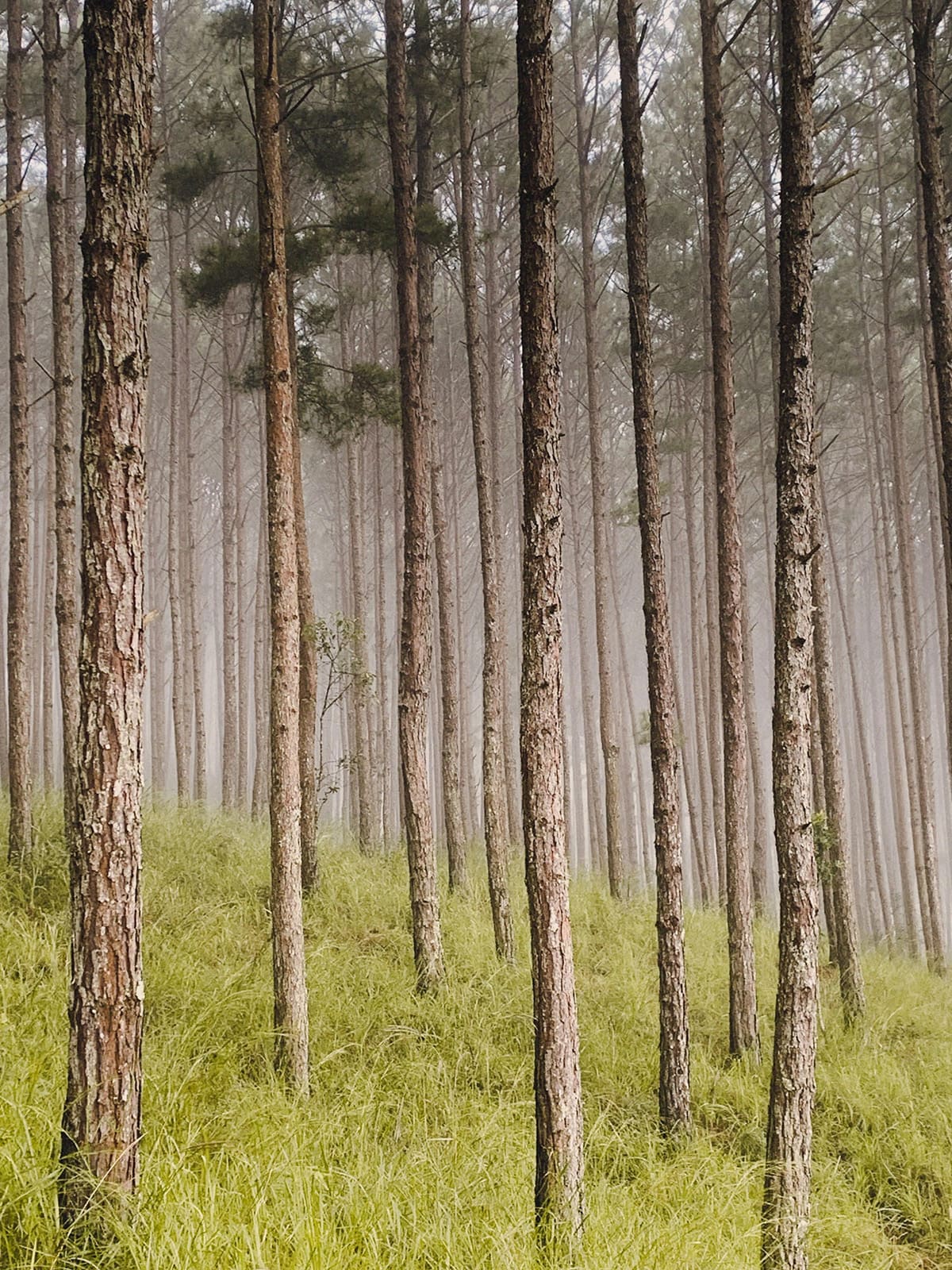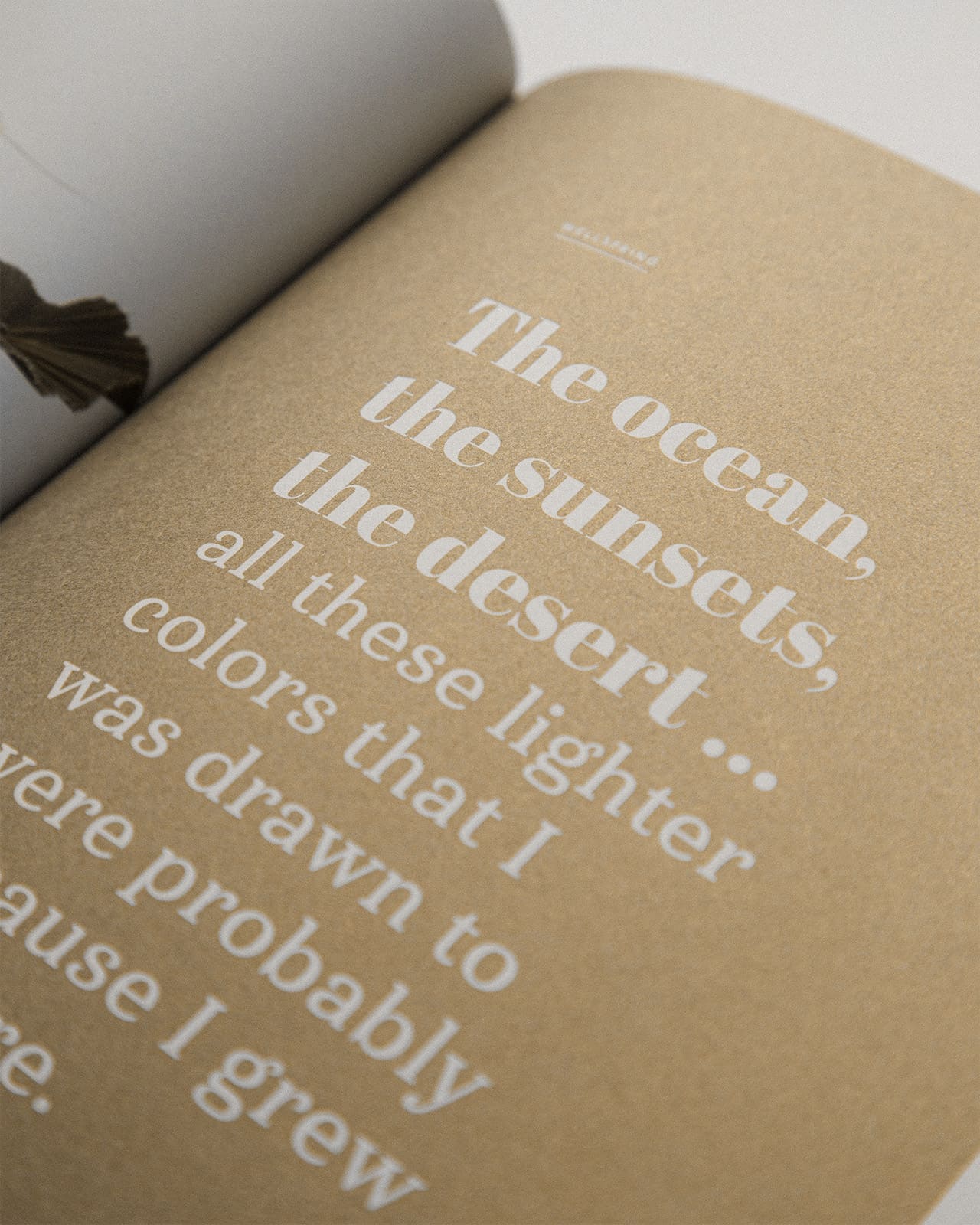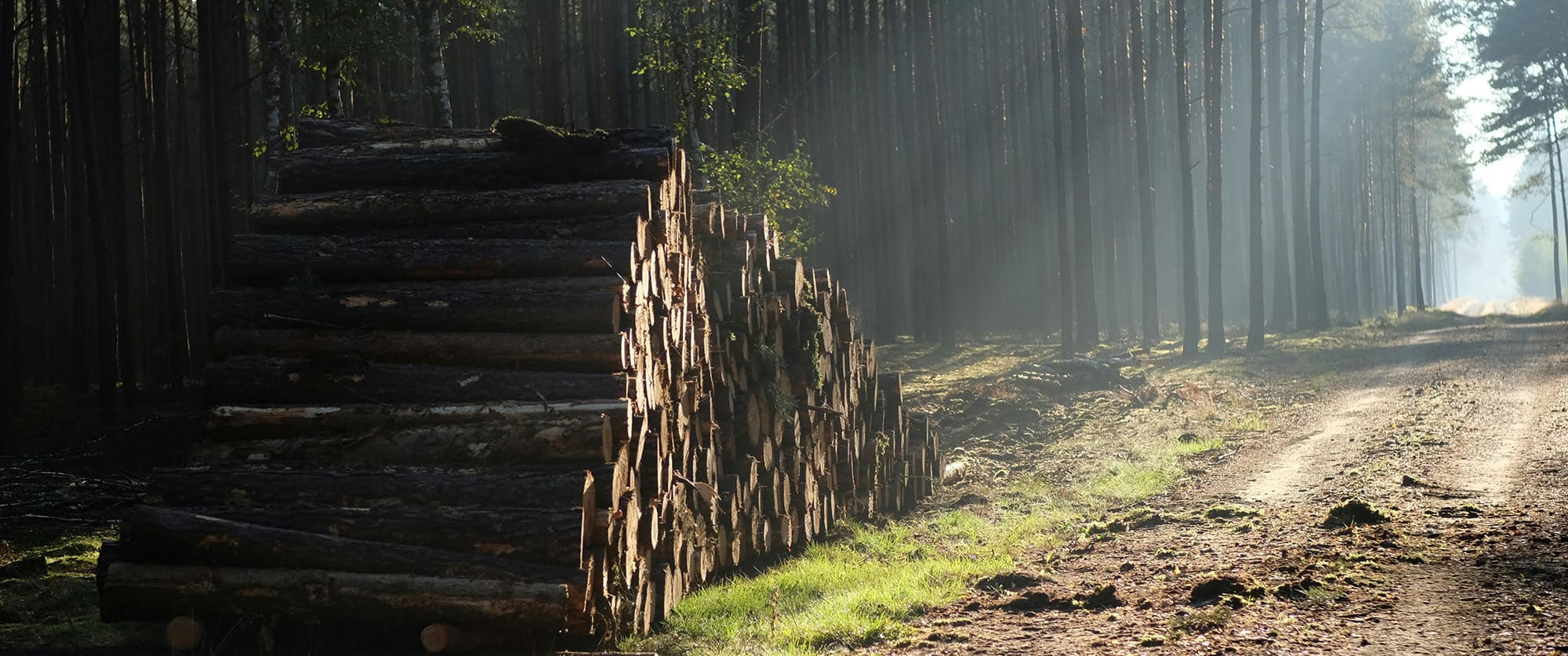Picture an untouched forest—dense canopies, thriving wildlife, a natural carbon sink. Now, imagine that same land cleared, replanted with rows of fast-growing pine, leaving place to an eerie silence. On paper, it’s a carbon success story: carbon neutrality achieved. But what about the soil depletion, the lost biodiversity, the disrupted water cycle? And what about the fact that carbon stored in this plantation doesn't counterbalance fossil carbon emitted, even though carbon neutrality schemes engage in such arithmetic? This is carbon tunnel vision in action.
Carbon emissions dominate sustainability discourse. They are the headline statistic, the currency of pledges, the primary benchmark of corporate responsibility. Yet carbon is not the root cause of our environmental crisis—it is a symptom of a deeper issue: the unchecked expansion of human activity. If we focus solely on reducing emissions without addressing the ecological destruction that enables them, we risk missing the bigger picture.
The carbon blind spot
The pitfalls of carbon tunnel vision
1 The interconnected crisis
Climate change, biodiversity loss and pollution aren't separate issues; they're deeply interconnected, requiring a holistic approach.
- Species are disappearing at 1,000 times the natural rate, driven primarily by habitat destruction.
- Plastic proliferates at a generational pace: The weight of all plastic on Earth doubles every 15 years—outpacing even the quickest carbon pledges. Yet "net-zero" frameworks ignore this tide of waste which spreads across ecosystems, entering food chains and disrupting biodiversity.
- Water systems are strained by agricultural expansion and industrial demand, threatening long-term planetary balance.
- Soil degradation threatens 40% of global farmland—yet regenerative agriculture remains a niche footnote.
Focusing solely on carbon reduction ignores the systemic pressures—land use change, unsustainable extraction, and economic models that prioritise short-term gains over ecological stability. Climate change is not a standalone problem; it is deeply interconnected with biodiversity loss, pollution, and resource depletion.

2 The myth of carbon neutrality
Carbon neutrality, at a business level, is based on the notion that emissions can be counterbalanced with carbon sequestration. Hence the term offset is often used, either to represent a carbon credit purchased on the market or the practice of subtracting carbon sequestration numbers from an emission tally. This is a dangerous simplification: emit 10, sequester 10, and the result is neutrality. But this logic is flawed:
- Permanence is the golden rule: The combustion of fossil fuels is releasing carbon into the atmosphere, increasing the amount that is cycling between the atmosphere and the biosphere. It takes millennia for natural processes to permanently store the excess carbon into Earth's crust. Carbon in plants and trees does not cancel out carbon that was permanently locked-up deep under ground, and which human activities have released "overnight".
- Tree planting isn’t a panacea: Forests absorb carbon, but not all forests are equal. A plantation of fast-growing trees likely stores carbon temporarily, whereas an old-growth forest supports entire ecosystems and locks carbon away for millennia.
- Monocultures harm biodiversity: Many carbon programs favour single-species tree farms, which degrade ecosystems and lack biodiversity. Worse, some ecosystems—peatlands, grasslands—should never be converted into forests at all.
- Market opacity fuels greenwashing: The carbon offset industry is poorly regulated, with studies finding that only 5% of offsets meet scientific integrity standards (source: West et al. (2023)). Planting on private land, without resorting to offsets, is no different and could be even more problematic due to minimal regulation and transparency.
Well-intentioned actors rightly want to be part of the solution rather than the problem. However, the reality is there is no silver bullet for the fossil carbon problem, besides reducing emissions in the first place. A reality difficult to comprehend. Offsetting may ease corporate guilt, but it rarely confronts the deeper systemic changes necessary for long-term environmental health.

“Planting trees to offset fossil fuels is like bailing water with a sieve—while the tap still runs.”

3 The production paradox: When efficiency fuels expansion
An indiscriminate focus on carbon can lead to another problem: intensification of production. Businesses driven by carbon accounting often prioritise efficiency—producing less emissions per unit produced—without questioning the overall scale of production. The result? Lower emissions per product, but higher total output. Worse, this can influence policy makers and customers to favour intensive agriculture (think soy plantation as far as the eye can see) over a small organic farmer who cannot rival with the efficiency of the larger producer.
This logic underpins green growth narratives, but the hard truth remains: a system dependent on endless expansion cannot be sustainable.
Wide Open World: A new approach to sustainability
At Wide Open World, we believe sustainability must go beyond carbon math. Our approach is rooted in conservation, accountability, and integrity.
1 Balancing land use: A conservation-first model
For every hectare of land used to grow fibres, we conserve a scientifically determined amount. Through our partnership with the Tasmanian Land Conservancy, we actively protect biodiverse ecosystems in perpetuity, ensuring they remain untouched for generations to come. We also pay stewardship services to our farmers for maintaining natural habitats on farm. Our philosophy is simple: production should never come at the expense of preservation.
2 A carbon tax that drives real change
We impose an internal carbon tax at double the market rate, an economics best practice. This achieves two things:
- It drives real reduction: A higher carbon price incentivises innovation and eliminates excuses. Reducing emissions becomes a business imperative.
- It supports the development of a low carbon economy: Developed economies are still subsidising the fossil fuel industry. It is critically important to channel investment into the technologies of the future.
3 Investing in biodiversity-driven solutions
If and when we purchase carbon offsets, we only select projects that restore ecosystems rather than plant monocultures. Our focus is on initiatives that support biodiversity, such as:
- Mangrove restoration—sequestering carbon while providing coastal protection.
- Peatland conservation—permanently locking away carbon, unlike temporary tree plantations.
- Indigenous-led land stewardship—ensuring ethical, long-term ecosystem management.
Our goal is to support biodiversity or fund technology that reduces the need for fossil fuels—not just short-term carbon storage.
We reject superficial neutrality because sustainability isn’t just about reducing harm—it’s about actively restoring balance.

Redefining sustainability: From extraction to stewardship
To create meaningful change, we must shift our mindset:
- Instead of prioritising carbon metrics, we prioritise ecosystem integrity.
- Instead of focusing on “doing less harm,” we focus on restoring balance.
- Instead of planting trees for quick wins, we invest in lasting conservation.
A future beyond carbon tunnel vision isn’t just possible—it’s essential. And at Wide Open World, we are leading the way.
“Sustainability requires more than arithmetic—it demands harmony between human systems and planetary boundaries.”
A new standard for luxury
Imagine a world where luxury fashion isn’t an extractive industry, but a regenerative force. A world where every garment contributes to restoring ecosystems.
At Wide Open World, we are proving that sustainability isn’t a marketing strategy—it’s a moral obligation driving a measurable, tangible reality. Because true sustainability is not found in carbon accounting alone. It’s found in the ecosystems we protect, the biodiversity we sustain, and the balance we restore.
The question isn’t “How do we remove carbon?” but “What will we preserve?”
Sustainability requires more than arithmetic—it demands harmony between human systems and planetary boundaries.














